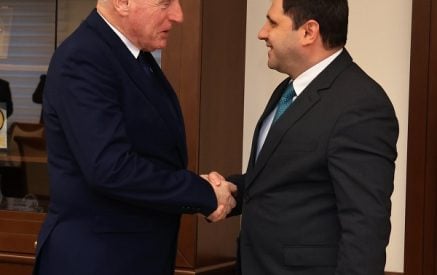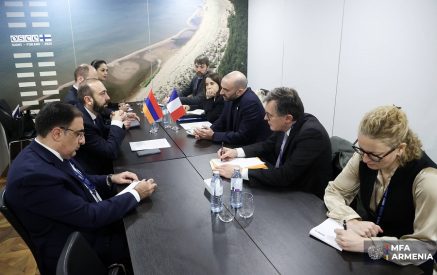The Chief of International Monetary Fund Mission to Armenia Mr. Hossein Samiei spoke about it. He said that since 2014 Armenia has been affected by external shocks, as money transfers from abroad were significantly declined, the international prices of copper, which is the main exported mining product, have been declined, and these have affected the purchasing power of the population of the country.
“As a result, domestic consumption and domestic investment decreased in 2016. Because of these in 2016 there was recorded 0.2% economic growth in Armenia. Shocks and a lower rate of economic growth had an impact on budget revenues. In 2016 government revenues were lower than anticipated, and capital expenditures financed from foreign sources were more than planned by the budget. As a result of these two factors, the budget deficit amounted to 5.6% of GDP, “said Mr. Sami.
According to him, by the law of our country, if the government’s debt reaches 50% of GDP, a necessity will arise to reduce public deficit in order the public debt-to-GDP ratio not to exceed 60%. According to the IMF representative, this year economic growth will be about 3% and inflation will be of about 2%, but there are risks in the prospect of the year. Meanwhile, by the observation of Hossein Samiei, Armenia has 4-7% chance of economic growth. Referring to fiscal policy, Mr. Samiei said: “As for fiscal policy, we support the government’s intention to amend that rule”. Changes, the aim of which will be to provide an opportunity to the government for greater flexibility, for those cases, when system will carry shocks.” There are still a number of structural challenges for Armenia, and as Mr. Samiei said, they are: “the export sector must become more diversified, unemployment and poverty must be reduced, and decisive steps are needed for all this.”
Nelly BABAYAN
























































